Optimal Timing for Waterproofing Projects
Understanding the optimal timing for waterproofing projects is essential to ensure durability and effectiveness. Proper scheduling can prevent water intrusion issues and extend the lifespan of structures. The best time to apply waterproofing depends on weather conditions, temperature, and humidity levels, which influence adhesion and curing processes.
Spring offers moderate temperatures and rising humidity, making it suitable for waterproofing projects. Dry weather during this season reduces the risk of moisture interference during application.
Summer provides warm conditions ideal for curing. However, high temperatures and direct sunlight can cause rapid drying, so applications should be scheduled during cooler parts of the day.
Fall is a favorable season with cooler temperatures and less rain, allowing for effective waterproofing before winter.
Winter is generally unsuitable due to freezing temperatures and snow, which can compromise waterproofing materials and adhesion.

Spring is ideal for waterproofing projects due to favorable weather conditions.
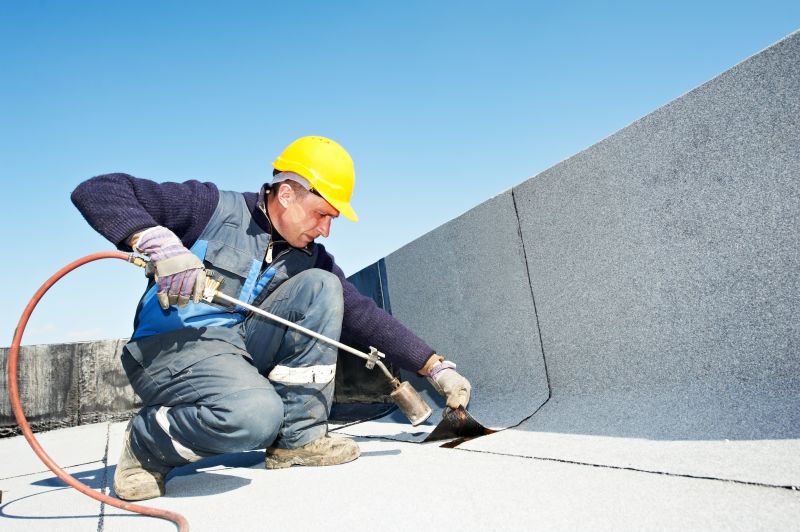
Summer requires careful scheduling to avoid high heat and direct sunlight.
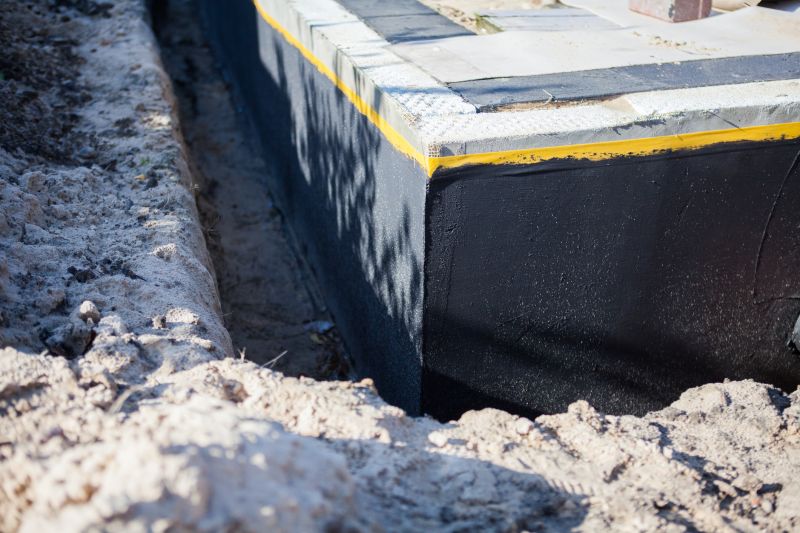
Fall offers optimal conditions for waterproofing before winter sets in.
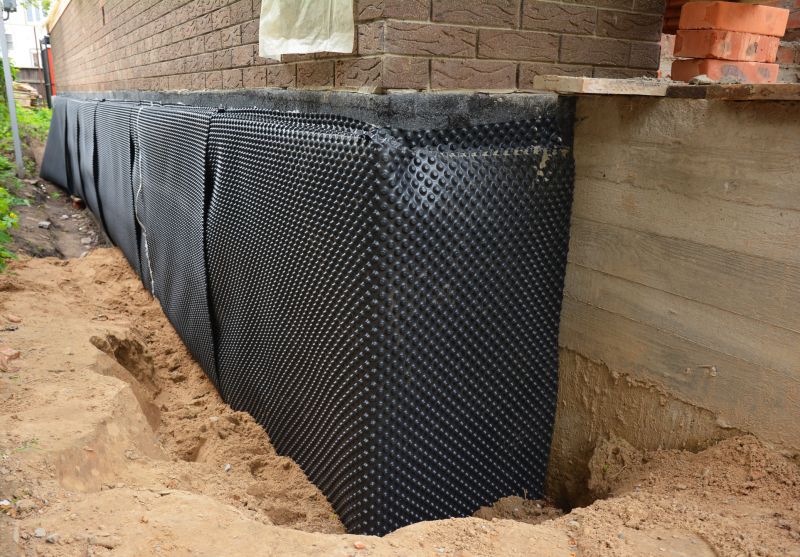
Ways to make Waterproofings work in tight or awkward layouts.
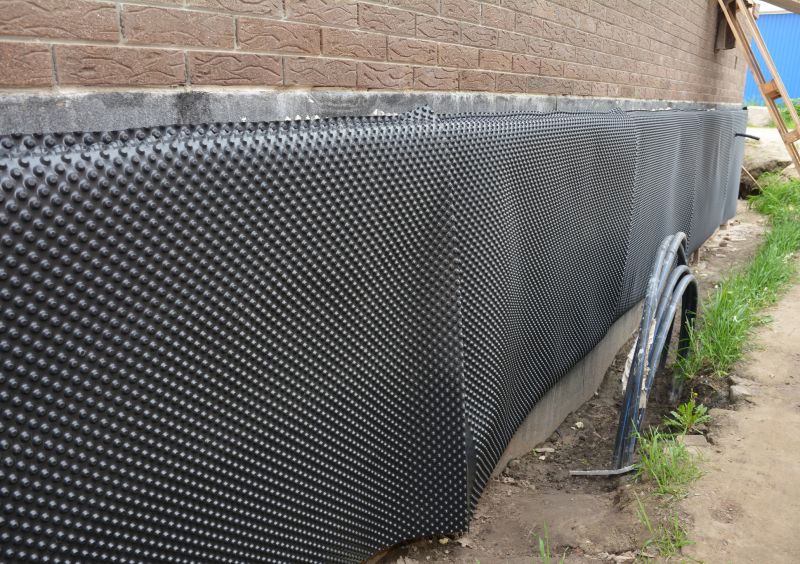
Popular materials for Waterproofings and why they hold up over time.

Simple add-ons that improve Waterproofings without blowing the budget.
| Season | Optimal Conditions |
|---|---|
| Spring | Moderate temperatures, low rain |
| Summer | Warm temperatures, avoid peak heat |
| Fall | Cooler temperatures, dry weather |
| Winter | Freezing temperatures, snow, and ice |
Waterproofings are essential for protecting structures from water intrusion, which can cause damage, mold growth, and structural deterioration. Proper waterproofing techniques involve selecting suitable materials and applying them under optimal weather conditions to ensure adhesion and longevity. Advances in waterproofing technology have improved durability and resistance to environmental factors, making timely application critical for long-term performance.
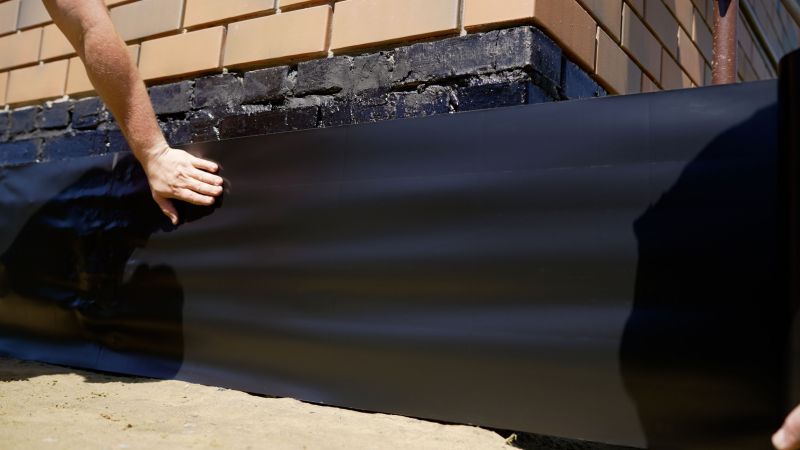
Various materials are used for waterproofing, including membranes, coatings, and sealants.

Proper application techniques ensure effective waterproofing and durability.

Weather conditions significantly influence waterproofing success.
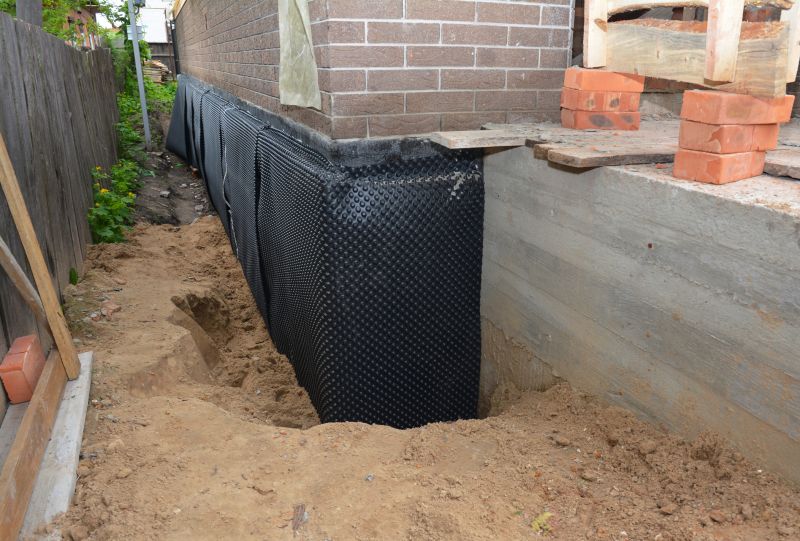
Timely waterproofing prevents costly water-related damages.
For those considering waterproofing projects, scheduling during the appropriate season can maximize effectiveness and ensure the longevity of the waterproofing system. Proper timing, combined with high-quality materials and professional application, can significantly reduce water intrusion risks and protect structural integrity over time.
Interested in waterproofing solutions? Fill out the contact form to discuss options and scheduling.

